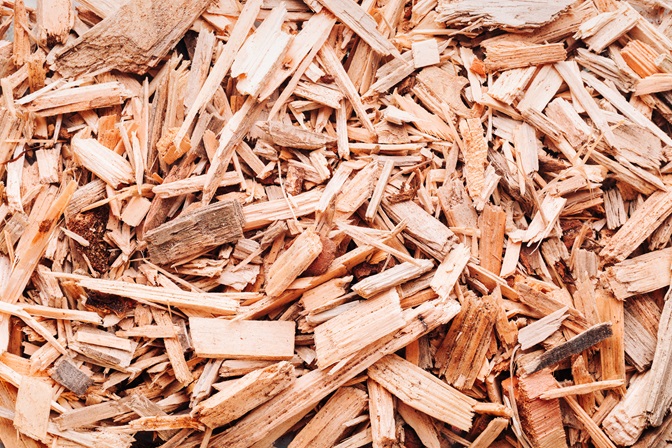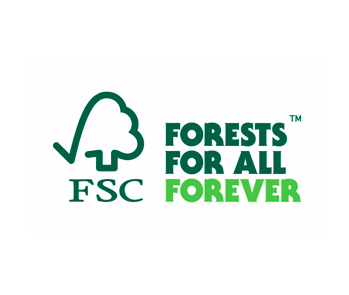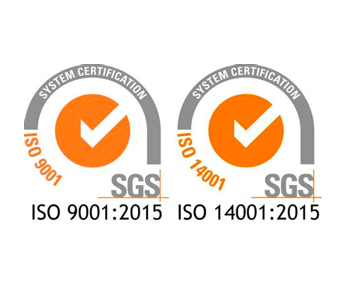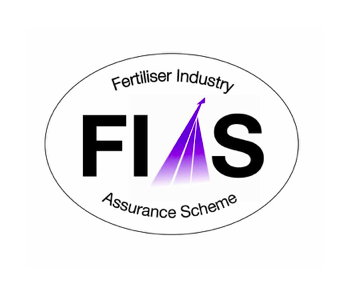As a result of a growing population, and years of heavy wood usage, forests in the UK were depleted to around just 5% of land coverage in the early 90s. Whilst this figure increased to around 13% by 2020, the UK still has one of the lowest figures in Europe when it comes to wood production. This means that as a country, we import around 80% of the wood that we use. With the price of wood on the increase and companies trying to do their bit to reduce their carbon footprint and be more sustainable, it is important to consider such options as recycling.
Wood is a very easy material to recycle, but unfortunately there are some problems that mean that not all of the wood we want to recycle can be recycled. Let’s take a look at five reasons wood may be contaminated and therefore rejected for recycling.
Types of wood
Much of the wood that is suitable for recycling and can be used to create new products is referred to as “clean wood”. This is raw wood that contains none of the contaminants that make it difficult to recycle, which are:
● Wood Treatments
● Paint
● Wood stain
● Wood glue
● Preservatives
These contaminants impact most commonly wood that has already been put through the manufacturing process. While small craft businesses may be able to repurpose wood for other items, when you take “non-recyclable” wood to a recycling processor, they will likely destroy wood that doesn’t fit their strict guidelines.
How is wood classified for recycling?
Usually, wood is classified into categories by a recycling facility. These categories are clean, mixed and dirty. However, there are different grades that are used when it comes to wood.
• Grade A – clean wood – this often comes from pallets.
• Grade B – wood that comes from sources such as construction and demolition projects.
• Grade C – wood that might include wood from the above categories and also wood such as limbs cut from trees.
• Grade D – wood that has been treated or painted, for example wood used for home improvement projects including fencing, decks, skirting boards etc
What grade a piece of wood falls into determines whether or not it is suitable for recycling and also what it can be used for.
The only types of wood that can be recycled are Grades A and B. Wood that is considered to be Grade A can be used for things like animal bedding products and mulch. This is because it contains no chemicals that could potentially be harmful to animals or plants.
Wood that is Grade B can be used for plywood or wood panelling.
Wood that is classed as Grade C is used for fuel and Grade D is normally considered to be hazardous waste and as such must be taken to a hazardous waste facility for disposal.
Other considerations
It is also worth noting that wood that is classified as Grade A or B can still contain things like nails, screws and staples which need to be removed before it can be recycled.
Bodens Wood Waste Recycling
At Bodens we offer wood recycling and waste collection services thanks to our large, nationwide transport network and the accessibility to the equipment required to collect and move your wood waste from site. We accept various grades of wood waste, which you can check on our page for more information. Certain types of wood, including hazardous wood waste will not be accepted by our collection services.
If you have any questions about our wood waste collection services, do not hesitate to get in contact with us.












 Get Directions
Get Directions